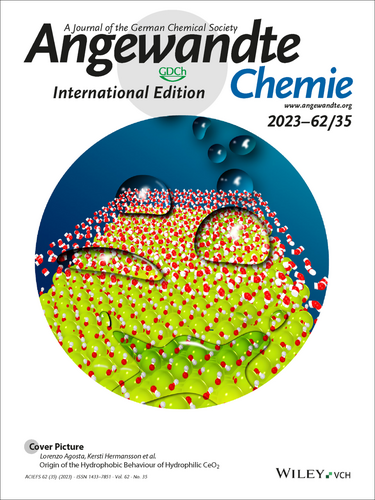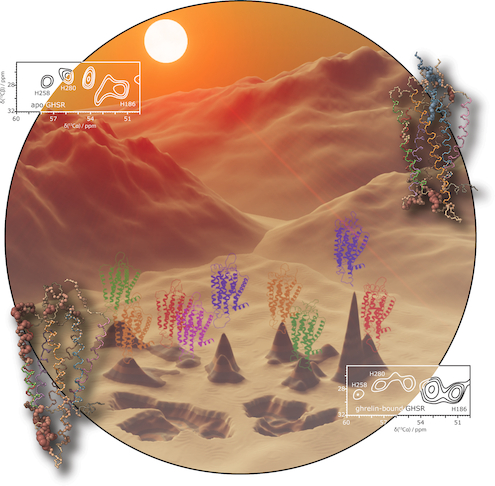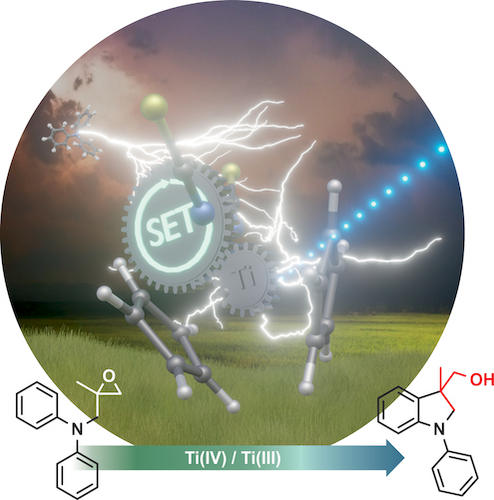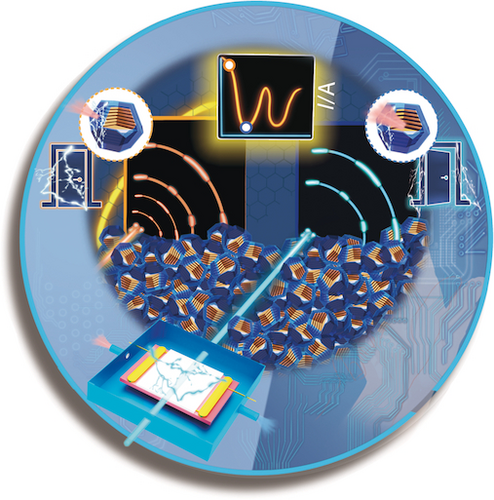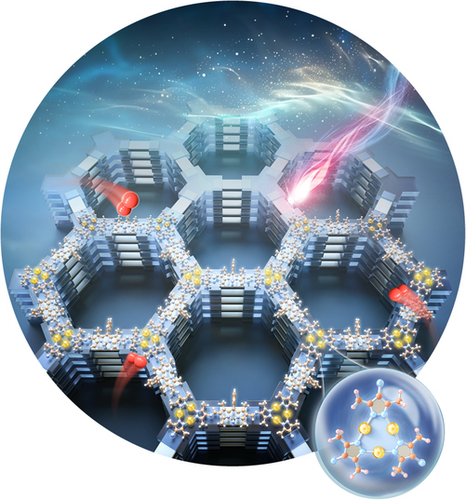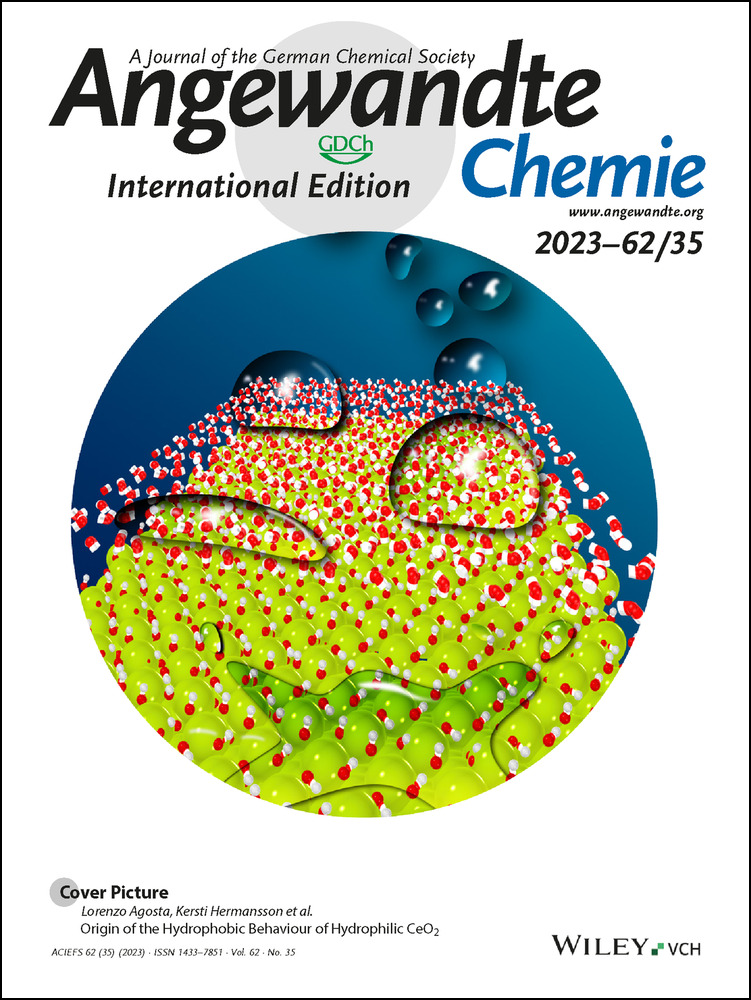Cover Picture: Origin of the Hydrophobic Behaviour of Hydrophilic CeO2 (Angew. Chem. Int. Ed. 35/2023)
Graphical Abstract
The CeO2 (100) surface , despite its strongly hydrophilic nature, exhibits hydrophobic behaviour when immersed in water. This effect is induced by the first water layer that is in immediate contact with the hydroxylated CeO2 (100) surface. This ordered water layer creates a key-lock H-bond pattern with the underlying surface hydroxyl groups, hindering the interactions with liquid water. The hydrophobicity is manifested by a measurable water contact angle and a considerable diffusion enhancement of the confined liquid water as compared with bulk water, as reported by Lorenzo Agosta, Kersti Hermansson et al. in their Communication (e202303910). We acknowledge Virginia Carnevali for her help with the cover image.
The CeO2 (100) surface , despite its strongly hydrophilic nature, exhibits hydrophobic behaviour when immersed in water. This effect is induced by the first water layer that is in immediate contact with the hydroxylated CeO2 (100) surface. This ordered water layer creates a key-lock H-bond pattern with the underlying surface hydroxyl groups, hindering the interactions with liquid water. The hydrophobicity is manifested by a measurable water contact angle and a considerable diffusion enhancement of the confined liquid water as compared with bulk water, as reported by Lorenzo Agosta, Kersti Hermansson et al. in their Communication (e202303910). We acknowledge Virginia Carnevali for her help with the cover image.
Membrane Proteins
Time-Resolved Spectroscopy
Metal–Organic Frameworks
Photocatalysis



